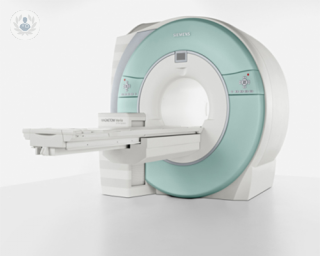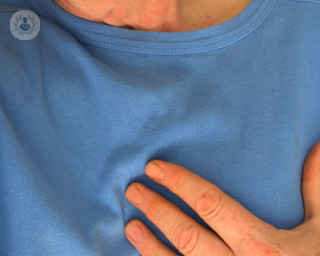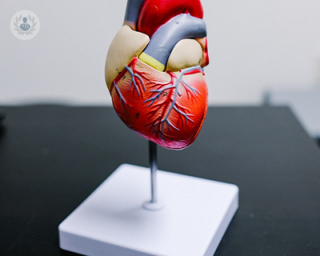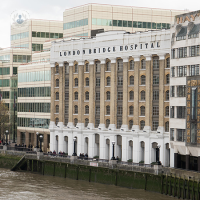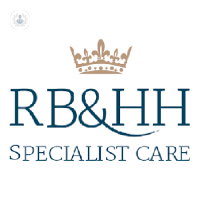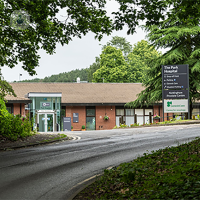Cardiac MRI
Dr Rajesh Chelliah - Cardiology
Created on: 11-13-2012
Updated on: 10-06-2023
Edited by: Karolyn Judge
What is a cardiac MRI?
MRI scans are a non-invasive diagnostic test. MRI uses powerful magnets, radio frequency pulses and a computer to create detailed pictures of soft tissues, organs, bone and other bodily structures. A cardiac MRI therefore produces images of the heart and surrounding tissue. Unlike X-ray, MRI does not use radiation.
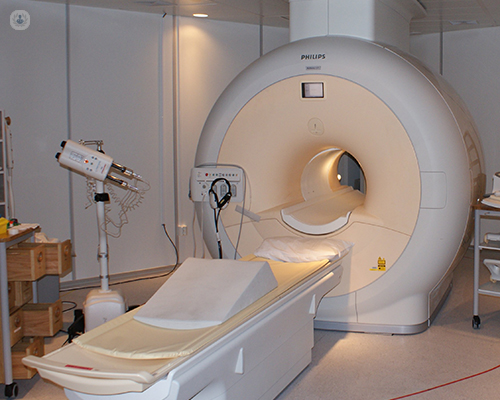
What does cardiac MRI consist of?
An MRI machine looks like a large tube with a flat bench that glides in and out of the tube. During an MRI you lie on the bench. The technician stays in a separate room during the scan, communicating with a microphone. When the scan begins, there can be a loud whirring noise as the machine takes pictures. You may also be asked to hold your breath at certain points by the technician to aid in getting better pictures. Sometimes contrast material will be used to highlight certain areas of the heart. This would be injected into the bloodstream. Beforehand, the technician will ask you about any possible allergies.
Why is cardiac MRI done?
A cardiac MRI is used to detect and monitor cardiac disease, including:
- Diagnosing cardiovascular disease
- Checking for infections, tumours and inflammation
- Checking the effects of coronary artery disease and the blood flow within the heart
- Monitoring congenital heart conditions
- Detecting heart valve defects
- Evaluating damage from a heart attack
How do you preparation for a cardiac MRI?
If you have a pacemaker, it's important to inform your specialist. If you do have a pacemaker, it might be necessary to have a CT scan instead, as an MRI can sometimes disrupt certain types of pacemakers. It's also important to inform your doctor whether or not you have any of the following (this is because the MRI machine uses strong magnets):
- Pins
- Staples
- Stents
- Artificial valves
- Implants
- Screws
How does it feel during a cardiac MRI?
A heart MRI is painless and non-invasive. They can take up to 90 minutes, depending on the purpose of the scan. It can sometimes be cold in the imaging room, so a blanket can be provided. It is also important that the patient remains still during the scan, which can be difficult for longer periods. The machine can be quite loud, so sometimes ear plugs can be provided.
What are the risks of a cardiac MRI?
Magnetic resonance does not use any radiation and is very safe with few, if any side-effects. The type of contrast that is often used is gadolinium, which is very safe and rarely causes any type of allergic reaction. However, the strong magnetic fields created during the test can cause some implants such as pacemakers not to work as well. Magnets can also cause a piece of metal inside the body to move or change position, but this should not happen with careful preparation.

